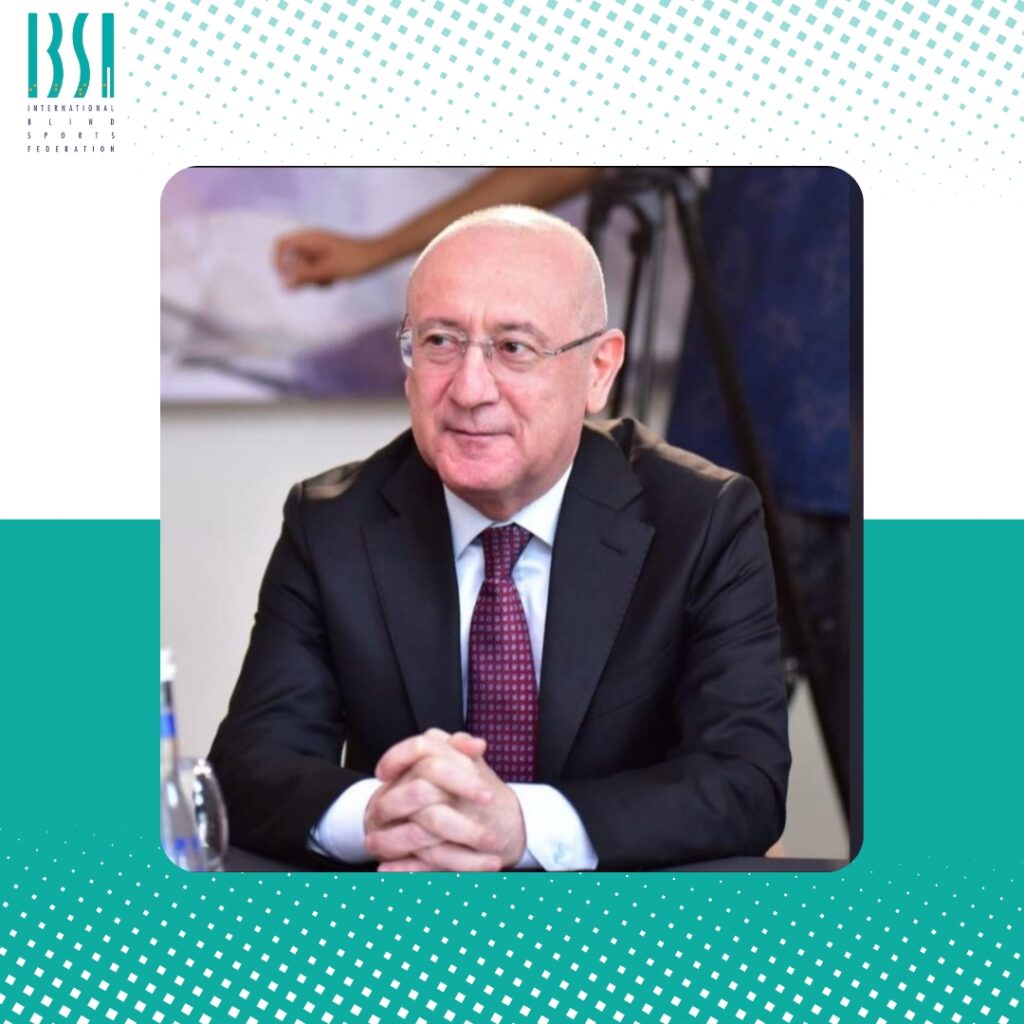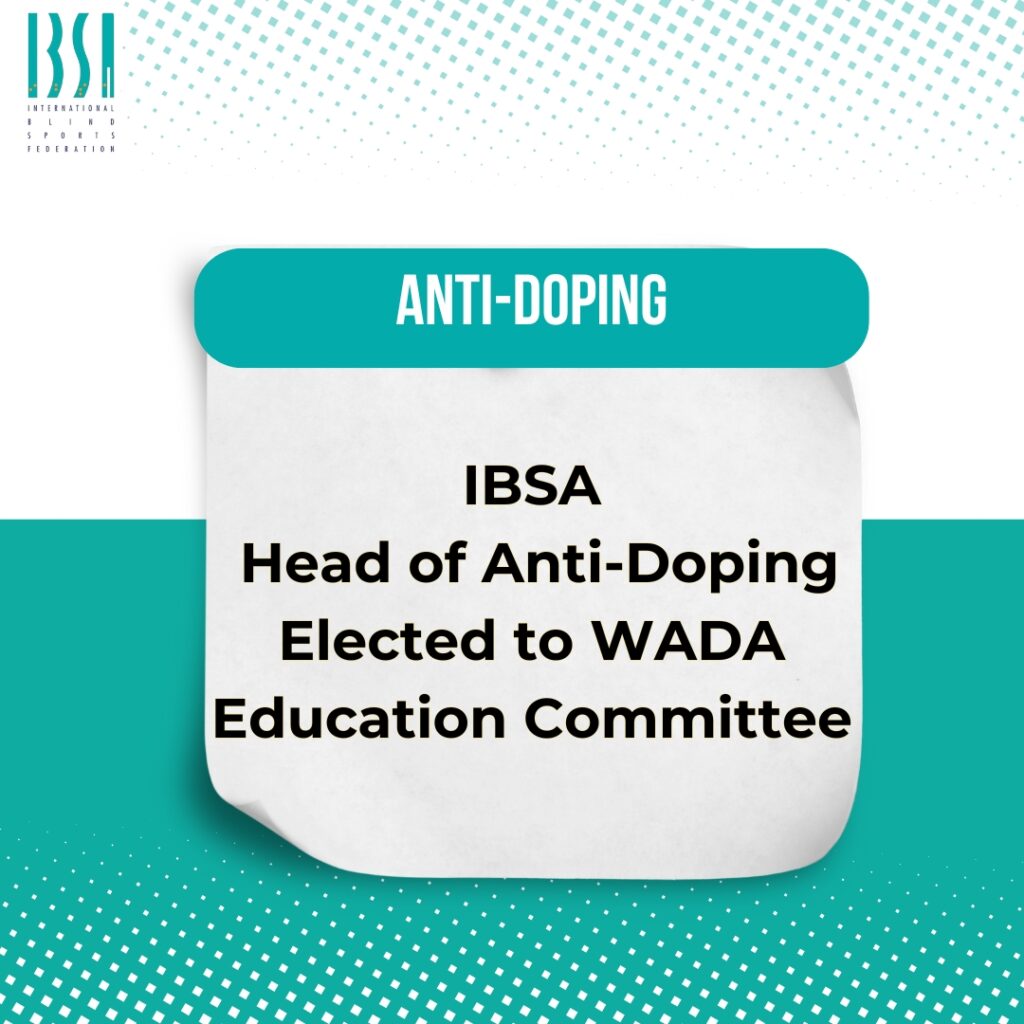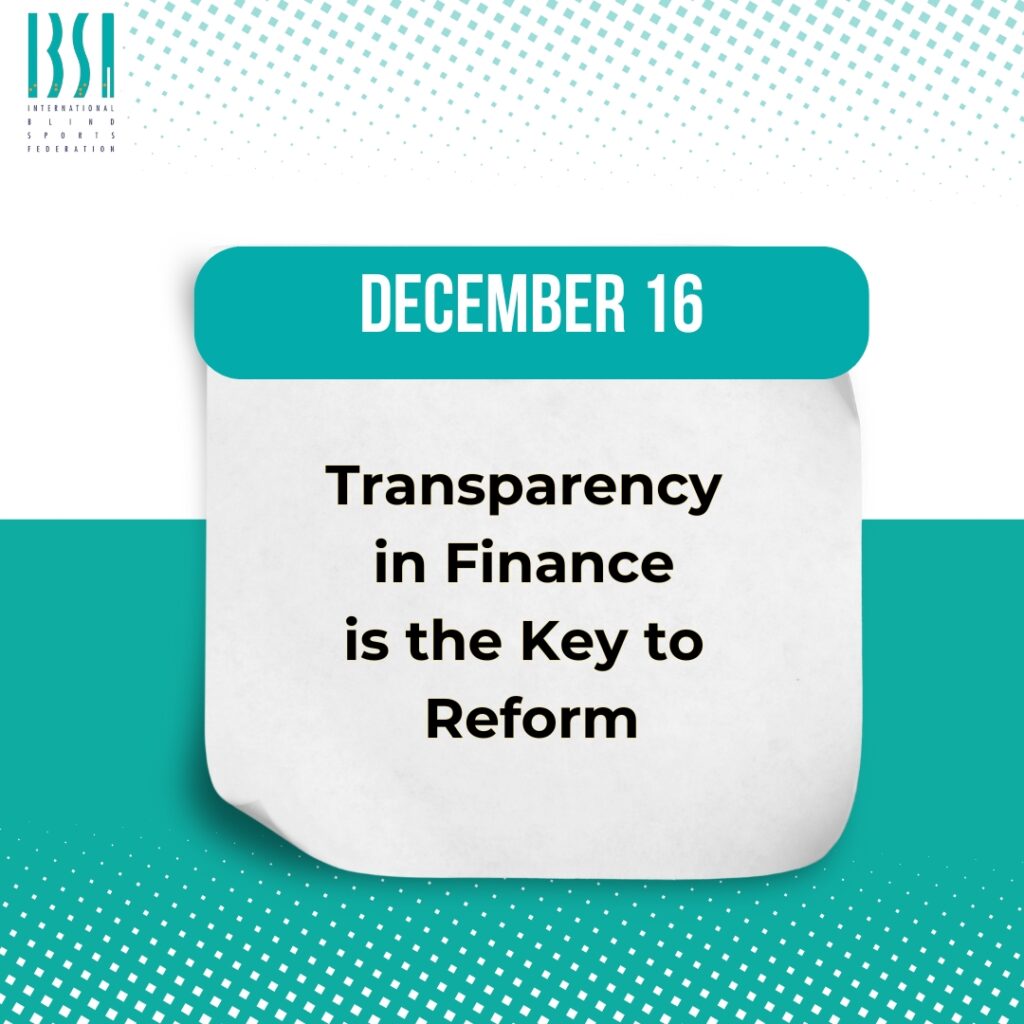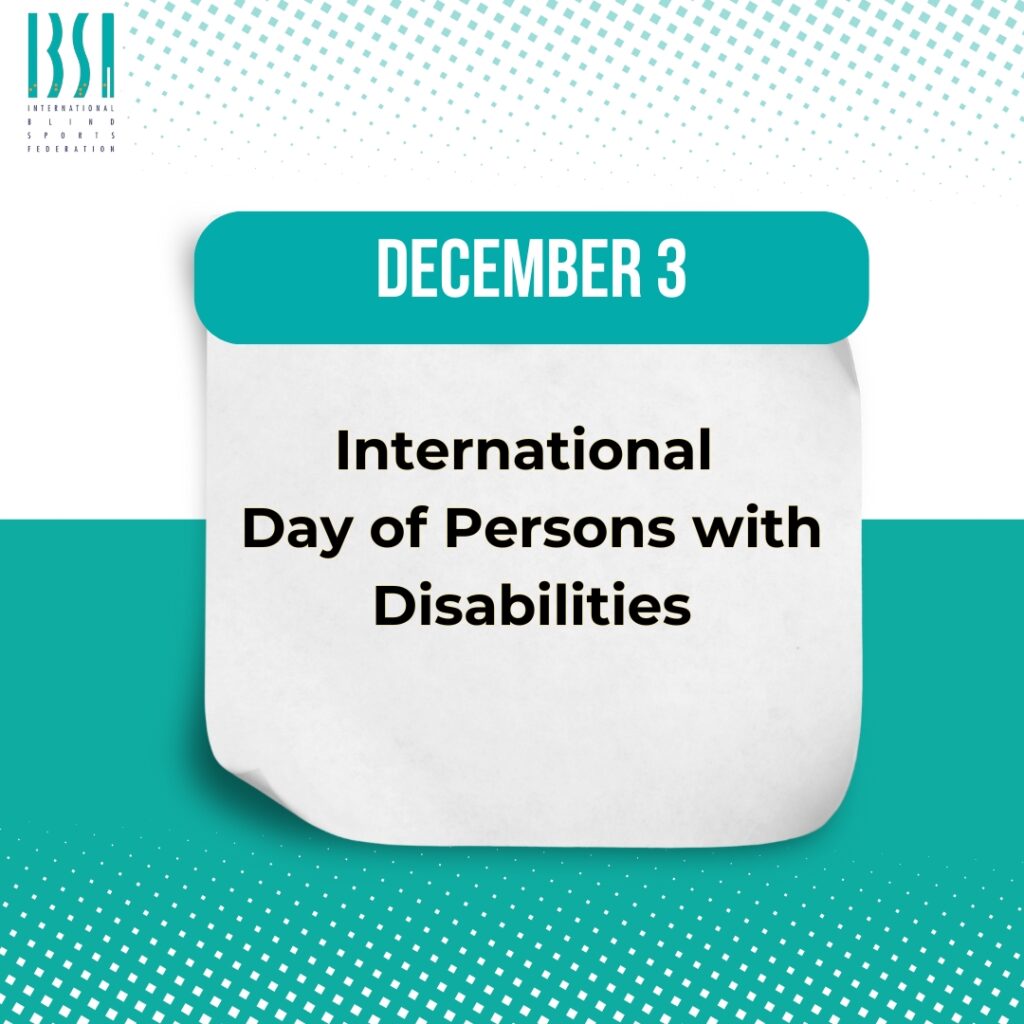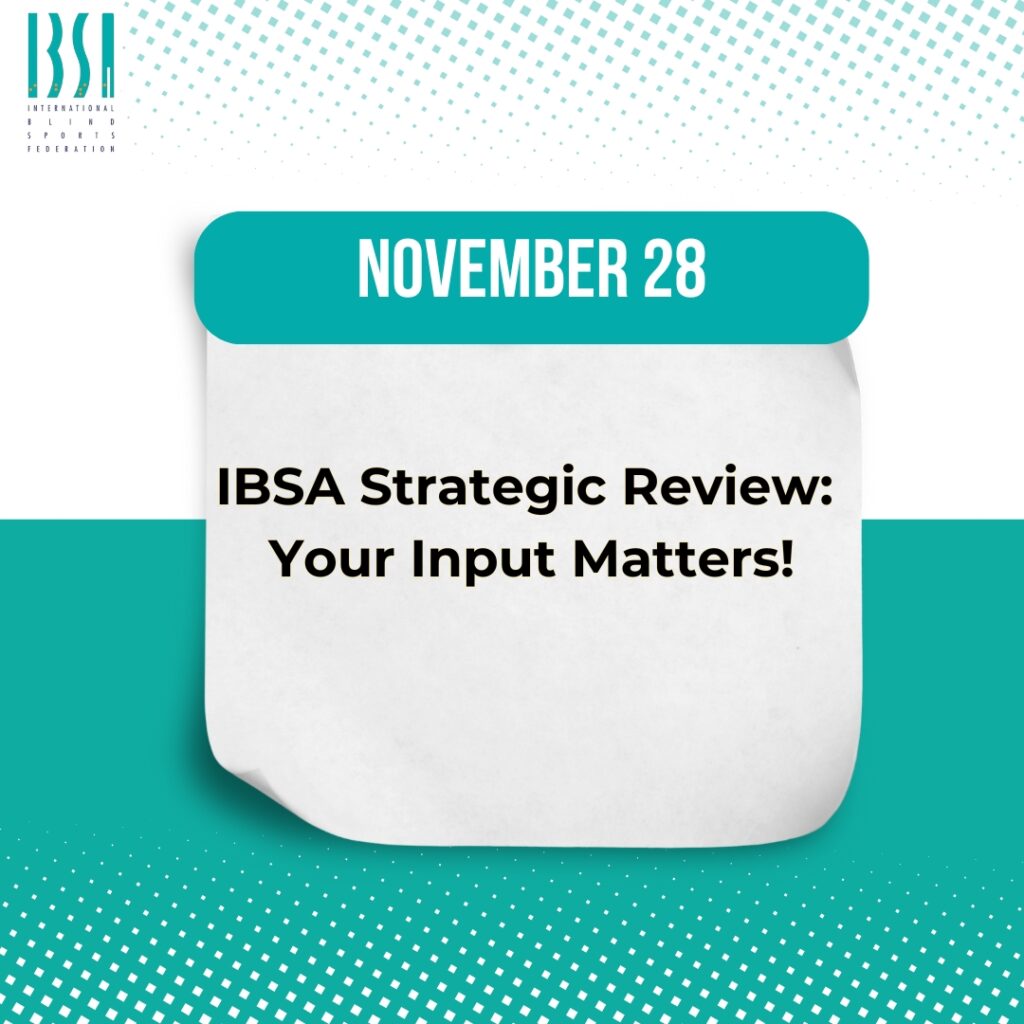News
President’s blog: Classification! IBSA’s “Achilles Heel”
Date: August 2, 2023
Category: General
I am glad that the case of eye classification has finally been made public.
Before I express my opinion, I must state:
- Eye classification is an essential and fundamental part of the participation of blind and partially sighted athletes in the Paralympics, as is fair competition.
- The examiners do their work very conscientiously.
I don’t want to deal with the content of the eye examination, because I don’t understand it. (Although continuous control of content issues may be justified.)
What is important for us is the eye examination process as a whole from the point of view of the organisation of competitions. To participate in the so-called sanctioned events, the athlete must have a valid eye qualification. Tests are currently only held at competitions. Many problems arise from this. (The out-of-competition eye classification solution should also be examined.)
One problem is organisational, the other is financial. The person in charge of IBSA must organise the panels and collect the eye classifiers. This is a lot of time, so usually eight weeks before the competition, the contestants must be entered by name. This is unusual and difficult in the sport of judo.
In judo, there are many new and “reviewed” competitors, so many competitors have to be tested. This also means that the competitors must be there two or more days before the competition, or the eye examination is very crowded, and as a result, there are many delays. (Being blind athletes, it is not a solution that only those athletes who need the test show up. The teams move together!) And this makes the already crowded day before the competition hectic. (E.g., Preparing the draw.) The above solution is not good for classificators, because they work under pressure, and it is not good for the organisers and managers of the competition either.
It is also important to talk about finances. All the costs of the eye examination are usually borne by the organizers, which is not a small amount. By the way, this also reduces the number of competition organisers.
The other side is the cost of participating teams. In practise, for teams that require an eye test, the entire team must travel together several days before the competition. This is a significant additional cost that is not related to participation in the competition. (Now I don’t even want to talk about how bad it feels when the competitor fails the test. It is a waste of money, and it’s sad for the concerned competitor who wanted to compete.)
In recent months, I have participated in several meetings, including with IPC officials, as well as with several classifiers. I found that there is complete openness to dialogue, but we do not know each other’s problems well. So the most important thing is an honest dialogue. I also found that the participants were open to a compromise solution.
Which is still important to talk about. This shows the number and territorial distribution of practising classifiers. In my opinion, there are very few eye classifiers who can actually be employed, so they often have to be brought from another continent, which entails significant cost overruns. A healthy compromise between incentives and sanctions should be explored. This is also related to the revision of the remuneration of eye classifiers.
Judo professionals are happy to participate in the rationalisation of eye examination processes.
János Tardos
IBSA Judo Chairman
